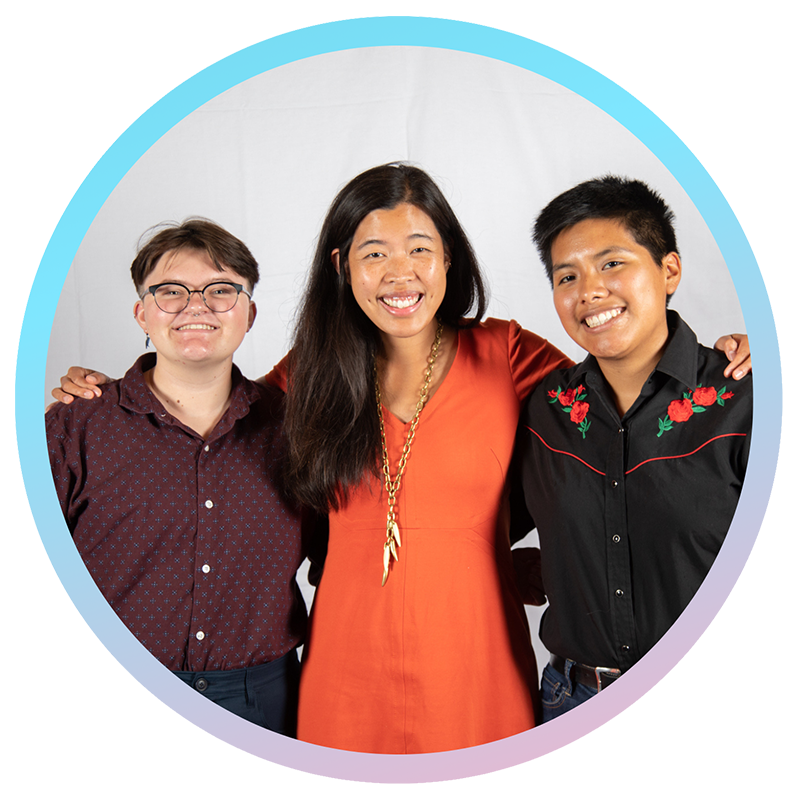Impact
For more than 20 years, Point Foundation has empowered LGBTQ+ and ally students nationwide to pursue their postsecondary educational dreams. Our scholars have gone on to work in nearly every field, leading change in their communities.

For more than 20 years, Point Foundation has empowered LGBTQ+ and ally students nationwide to pursue their postsecondary educational dreams. Our scholars have gone on to work in nearly every field, leading change in their communities.
The Issue
According to research from Point Foundation and Williams Institute, LGBTQ+ students face:
- More loans.
- More debt.
- More harassment and mistreatment.
- Worse mental health.
Point's work is vital because the high cost of postsecondary education often puts the students' dreams out of reach. Also, representation and a place at the table for LGBTQ+ people can often be challenging without additional support from allies and organizations like Point. We ensure that LGBTQ+ and ally students get the financial and program support they need to access and succeed in achieving their goals.
The Point Solution
Since 2001, Point has worked to help college students access and succeed in higher education through scholarship financing, leadership development, mentorship, and community support.
In 21 years, Point has awarded LGBTQ+ and ally students a total of $50 million. This makes Point the nation’s largest scholarship-granting organization for LGBTQ+ and ally students. Point alumni include elected officials, doctors, scientists, filmmakers, authors, lawyers, academics, business professionals, and entrepreneurs.
%20(2160%20x%201080%20px)%20(22).png?width=2000&height=1000&name=Website%20-%20Update%20Stats%20Graphic%20(Facebook%20Post)%20(2160%20x%201080%20px)%20(22).png)
%20(2160%20x%201080%20px)%20(22).png?width=2000&height=1000&name=Website%20-%20Update%20Stats%20Graphic%20(Facebook%20Post)%20(2160%20x%201080%20px)%20(22).png)
The Point Solution
Since 2001, Point has worked to help college students access and succeed in higher education through scholarship financing, leadership development, mentorship, and community support.
In 21 years, Point has awarded LGBTQ+ and ally students a total of $50 million. This makes Point the nation’s largest scholarship-granting organization for LGBTQ+ and ally students. Point alumni include elected officials, doctors, scientists, filmmakers, authors, lawyers, academics, business professionals, and entrepreneurs.
Scholar Studies
Point Scholars study and work in every industry. The 2025-2026 cohort's studies are listed below:
.png?width=500&height=300&name=Scholar%20Majors%202025-2026%20V2%20(1).png)